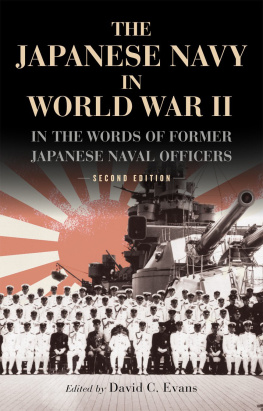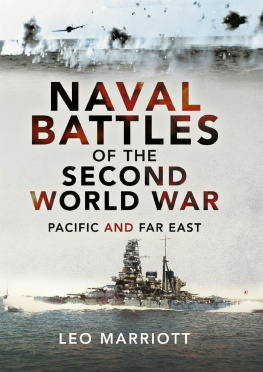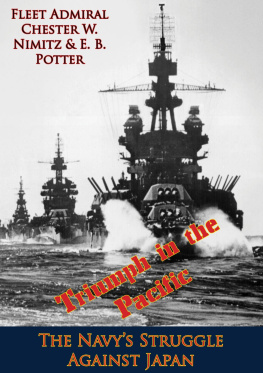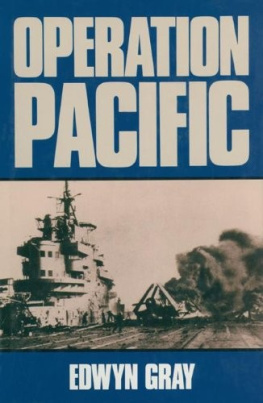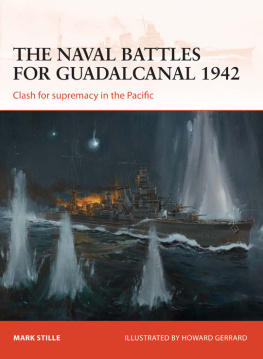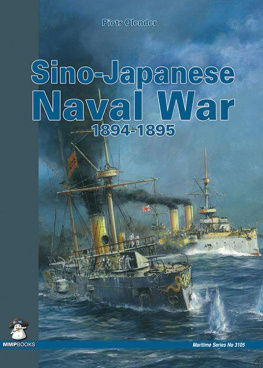SUNBURST
The Rise of Japanese Naval Air Power
19091941
Mark R. Peattie
Naval Institute Press Annapolis, Maryland
The latest edition of this work has been brought to publication with the generous assistance of Marguerite and Gerry Lenfest.
This book was originally brought to publication with the generous assistance of Edward S. and Joyce I. Miller.
Naval Institute Press
291 Wood Road
Annapolis, MD 21402
2001 by Mark R. Peattie
All rights reserved. No part of this book may be reproduced or utilized in any form or by any means, electronic or mechanical, including photocopying and recording, or by any information storage and retrieval system, without permission in writing from the publisher.
First printing in paperback, 2007
ISBN 978-1-61251-436-9 (eBook)
The Library of Congress has cataloged the hardcover edition as follows:
Peattie, Mark R., 1930
Sunburst : the rise of Japanese naval air power, 19091941 / Mark R. Peattie.
p. cm.
Includes bibliographical references and index.
1. Japan. KaigunAviationHistory20th century. I. Title.
VG95.J3 P43 2001
359.94095209041dc21
2001030220

 Print editions meet the requirements of ANSI/NISO z39.48-1992 (Permanence of Paper).
Print editions meet the requirements of ANSI/NISO z39.48-1992 (Permanence of Paper).
7 6 5 4 3
Dedicated to the memory of
David Christian Evans,
19401999,
who is remembered by his family,
by his colleagues, and by this author as a shining emblem
of kindness, courtesy, integrity, and professionalism
Contents
PHOTOGRAPHS
FIGURES
MAPS
Many years ago, while on a summer tour of the Caroline Islands for research on a book on the rise and passing of the Japanese in Micronesia, I thought I heard the roar of fighter engines. On the high island of Ponape, I was driving along a paved road southwest of Kolonia, the main town, looking for what I had been told had been one of the Japanese navys two air bases on the island. It was high noon, still, and incredibly hot as I slowed the car about five kilometers out of townabout the distance I had been told that I should find the airfield, or what was left of it. Across the taro patches and through clusters of trees I saw the ribs of what I took to be a ruined aircraft hangar. After a rough and prickly trek through the weeds, I came upon the foundations of what must have been a barracks, some small construction locomotives, trenches, concrete bunkers, and other detritus of war.
I knew that fighter planes had been based on the island during the Pacific War. Indeed, during the course of the hour or more I spent at the site, I stumbled across the twisted remains of a Mitsubishi Zero more than a hundred meters from one the airfields runways. Vines and grasses had pulled a shroud over the wrecked fuselage, and only the tail section, broken off from the fuselage, remained uncovered. I walked back to the airfield. All was heat and sun and somnolence. I looked out across the broad expanse of weeds and grass that had once been the runway, trying to make out the faded markings on fuselage and tail assemblies, wondering what the Zero must have looked like when, with its fellows, in full fighting trim and still bravely bearing its air group and pilot markings, it had touched down on this remote tropical airfield with the same airy lightness it would have brought to the flight deck of a carrier.
As I strained to imagine what must have been here, I began to catch the cough, the choke, and then the roar of engines as the fighters sped down the runway and lifted off to hurl themselves against the waves of the approaching aerial enemy. What had it been like here at this air base during those desperate months when the Japanese navy sent its men and planes to defend outlying defenses such as this, only to have them consumed in the furnace of American air power like moths drawn to a candle? What had been the nature of the combat unit of which they had formed a part, and what of the skills and fighting qualities of the pilots who had flown with it? What of the assumptions that had gone into the conception and design of this abandoned relic? How, indeed, had it figured in the plans of a navy fixated on the idea of great battleships and titanic surface battles at sea? I climbed back into my car that hot afternoon in the Carolines, believing that someday I would follow the prop wash of the Zero but recognizing that, for the time being, I had a different book to research and write.
A year later, chance offered a liftoff to my interest in Japanese naval aviation, though it was to take it across the oceanic expanse of a greater subject. I had returned to my teaching duties at a public university in New England when the Naval Institute Press proposed that I undertake a history of Japanese naval strategy in the Pacific War. With the late David Evans as my invaluable collaborator, I spent the next decade and more in this effort, during which time the focus of my research shifted once again. Concern with the wartime strategy of the navy gave way to a study of the prewar navy in its strategic, tactical, and technological aspects. The result was Kaigun: Strategy, Tactics, and Technology in the Imperial Japanese Navy, 18871941 (Naval Institute Press, 1997).
Because of my continuing enthusiasm for the subject and because of its major importance in the rise and fall of the Japanese navy, our original manuscript had included four long chapters on the Japanese naval air service. But upon completing our work, we had concluded, along with the press, that such extensive attention to the rise of Japanese naval aviation made for too bulky a manuscript, and that in any event the story deserved to stand on its own. In the published work, therefore, the four chapters were excised and the subject summarized in one.
The core of this present book thus comprises the original treatment of Japanese naval aviation in the earlier work, plus additional chapters added to describe its prewar origins and wartime destruction. It is important to emphasize the genesis of this present study, since Kaigun provides the broader institutional and historical context of the Japanese navy. I thus refer the reader to Kaigun for much that has been left out of this present work concerning the evolution of the Imperial Japanese Navy as a whole, particularly matters of strategic planning and decision prior to and during the great conflict in the Pacific. The present work is an attempt to provide an outline history of the evolution of the organization, doctrine, tactics, training, and technology of Japanese naval aviationits aircraft, its ships, and its personnelfrom its inception up to the beginning of the Pacific War. I conclude the story with a chapter that sketches the victories of Japanese naval air power early in that conflict and analyzes the progress of its utter destruction by 1944. While this work makes no attempt to be encyclopedic in the coverage of its subject, I have added a number of appendices that deal with the personalities, organization, technology, and tactics of Japanese naval aviation. The individuals and aircraft listed in appendices 1 and 6 are identified, respectively, with the symbols and where first discussed in the text.


